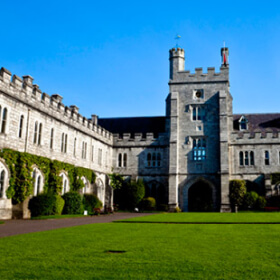Outputs
Ryder Meets Bourriaud. Kazuo Ishiguro’s The Unconsoled and the Contradictions of “Creative Capitalism”
Kazuo Ishiguro’s The Unconsoled (1995) has been interpreted from multiple perspectives, with some critics highlighting the psychoanalytical and oneiric side of the novel while others focus on spatial and social elements. Engaging with all of these approaches, in this article I argue that Ishiguro’s fourth novel is eloquent of the main shifts in 1990s esthetics and cultural production. More specifically, in Ryder, the main character of The Unconsoled, it is possible to identify a relational artist who invests in dialogical exchange and social collaboration as creative strategies. From this perspective, I relate The Unconsoled to the emergence of relational esthetics and the so-called “social turn” in contemporary art. At the same time, however, I identify in The Unconsoled an interest in questioning the principles of contemporary collaborative artistic practices, defining consolation and social engagement as the complex yet unavoidable horizon of contemporary cultural production.
- Authors
Carlos Garrido Castellano
- Year
- 2020
- Journal Name
- Critique: Studies in Contemporary Fiction
- Category
- Journal Article
- Link to Publication
- https://www.tandfonline.com/doi/abs/10.1080/00111619.2019.1689910

